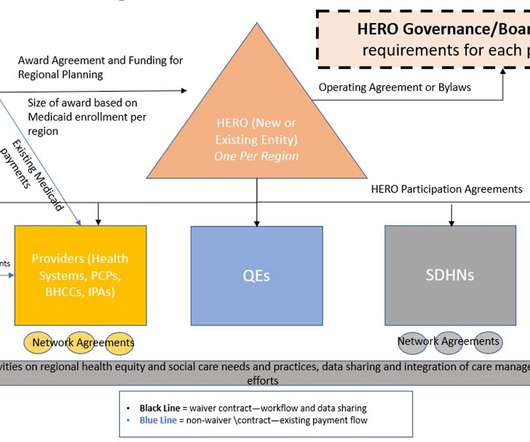HIMSS 2019: The Mainstreaming of Health IT, from Jim Cramer to Opioid Risk Scores
Health Populi
FEBRUARY 9, 2019
On January 10, 2019, Jim Cramer of CNBC’s Mad Money recommended that Apple buy Epic, a market leader in EHRs. At that moment in the Twitterverse, it occurred to me that health IT as a consumer-facing industry was beginning to mainstream in America. Why is this so important? That was tweeted ten years ago.













Let's personalize your content